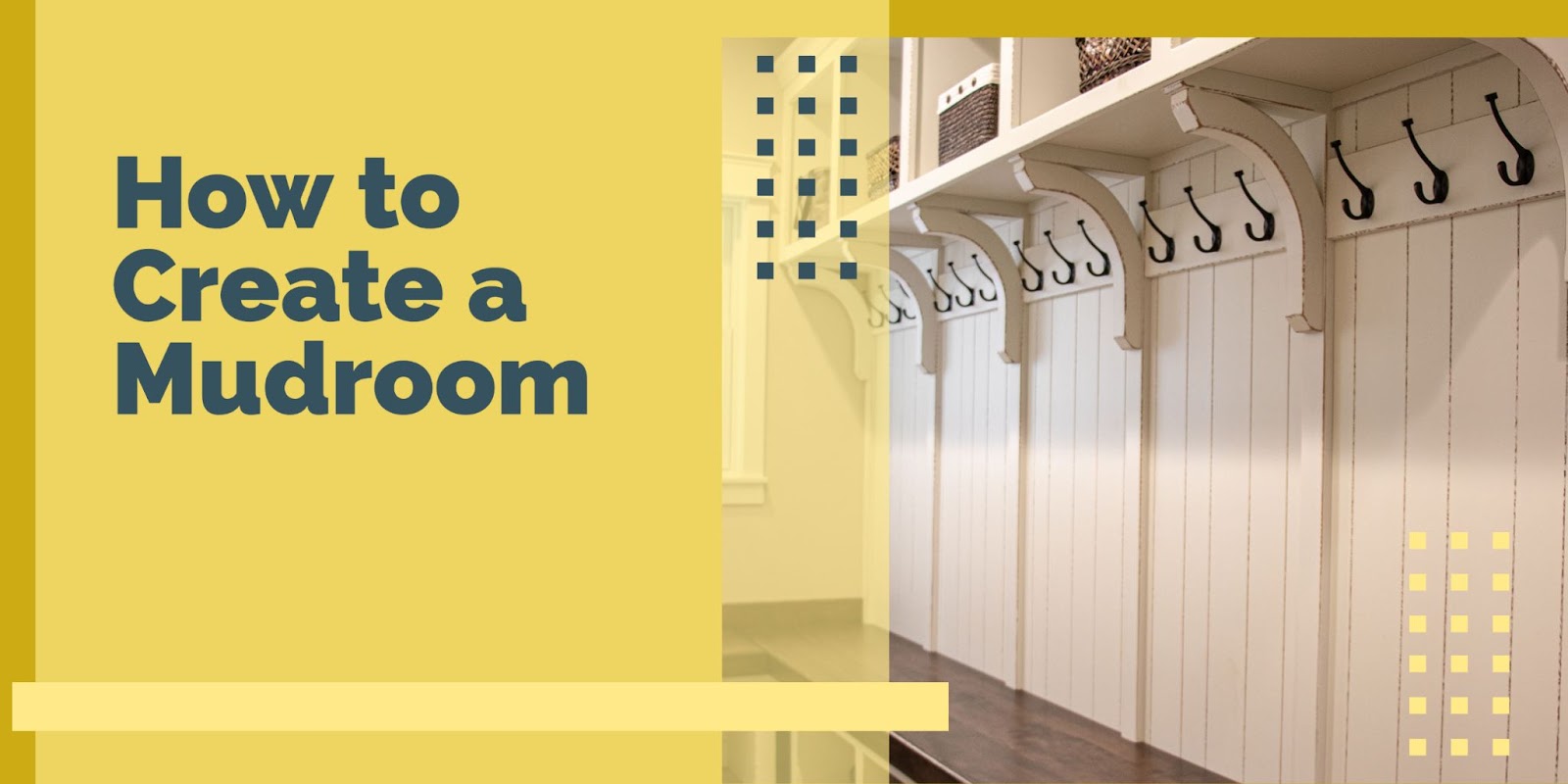Do rainy days get you down? They certainly can if they mean that you’re constantly cleaning up muddy or wet footprints throughout the house. You might consider putting down a rug, but even the most durable and absorbent rug isn’t always enough to keep things clean.
Creating a mudroom can be exactly what you need to keep your home mud free all year long. Here are a few things to know about mudrooms before you get started on the process of implementing one in your home:
Use resilient flooring
One of the most essential parts of any mudroom is the type of material you use as flooring. It’s important that the flooring material you go with is water-resistant and damage-resilient. For instance, consider laying down tiles or utilizing engineered materials. In addition to the flooring itself, you can also add washable rugs or rubber mats to the space as a way of alleviating mud and water even more.
Add hooks for coats
A good mudroom will have plenty of coat racks or hooks to hang up your jackets. Plus, coats and backpacks that are left lying around the house can create messes very quickly. By installing hooks in the mudroom, everyone in the household will know that there’s a place for their belongings. So, upon entering the home, they’ll have somewhere to put their coats, bags, jackets and other hangable items, which will cut down on the amount of clutter in the house while preventing wet clothes from damaging the furniture.
Dedicate space for shoe storage
Coats and jackets aren’t the only cause for chaos and clutter in a home. The same is true for shoes, especially during the winter season and on rainy days throughout the year. But when you dedicate space in your mudroom for shoes, it’ll be easier for everyone to find their shoes in general.
Dedicated shoe storage can reduce the number of times people in your house embark on a panicked hunt for shoes in the morning when they’re in a rush to get out of the house. Ultimately, shoe storage space will help everyone stay organized, especially if you label the individual shoe cubbies and make sure every member of your household has one.
Create additional storage space
Shoes, coats, jackets, backpacks and shoes aren’t the only personal belongings that can find a home in the mudroom! Other items can stay in there too. For instance, reusable grocery bags, umbrellas, outdoor toys, bikes, scooters and various other items can usually be kept in the mudroom, though its size will play a role in whether or not these items can fit. Just make sure everything has its own designated space so that you always know where things go.
Plus, since the mudroom is usually the last part of the house you walk through before you go outside, keeping items that you generally take with you when you leave the house in the mudroom makes it easy to grab and go!
Make use of small spaces
We understand that not every house has the space for a dedicated mudroom, but the good news is that you can make use of whatever space you have. It doesn’t have to be an entire room.
Even the smallest of entryway spaces can be considered a mudroom. Simply place a rug on the floor and add coat hooks to the wall.
And just like that, you’ll be on your way to having a small yet functional mudroom in your home. Get creative and do whatever you can do to make the space as organized as possible!
Source: HomeActions


